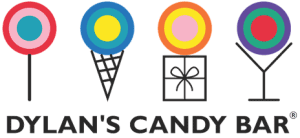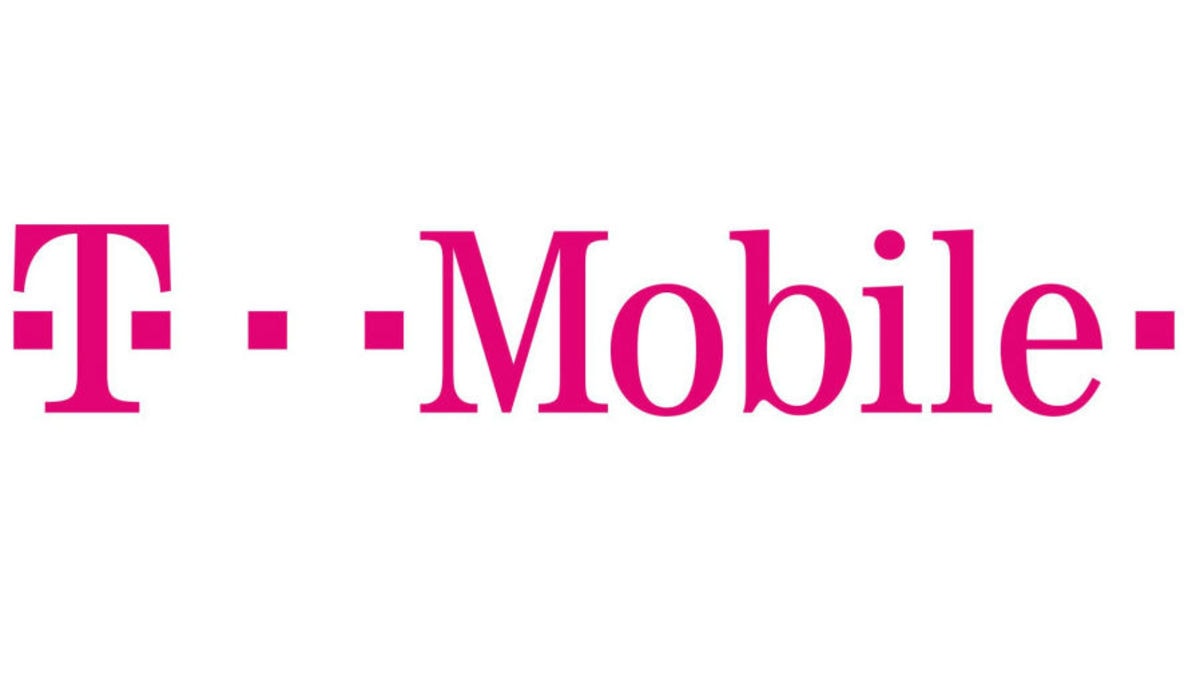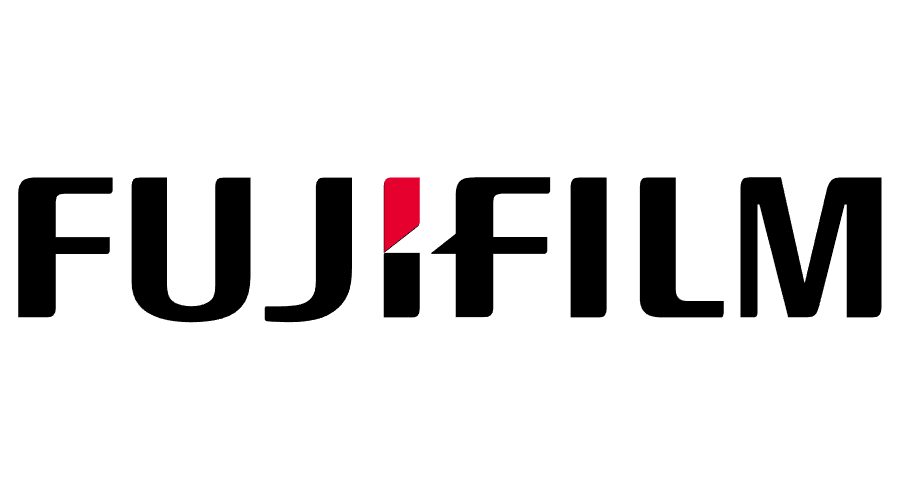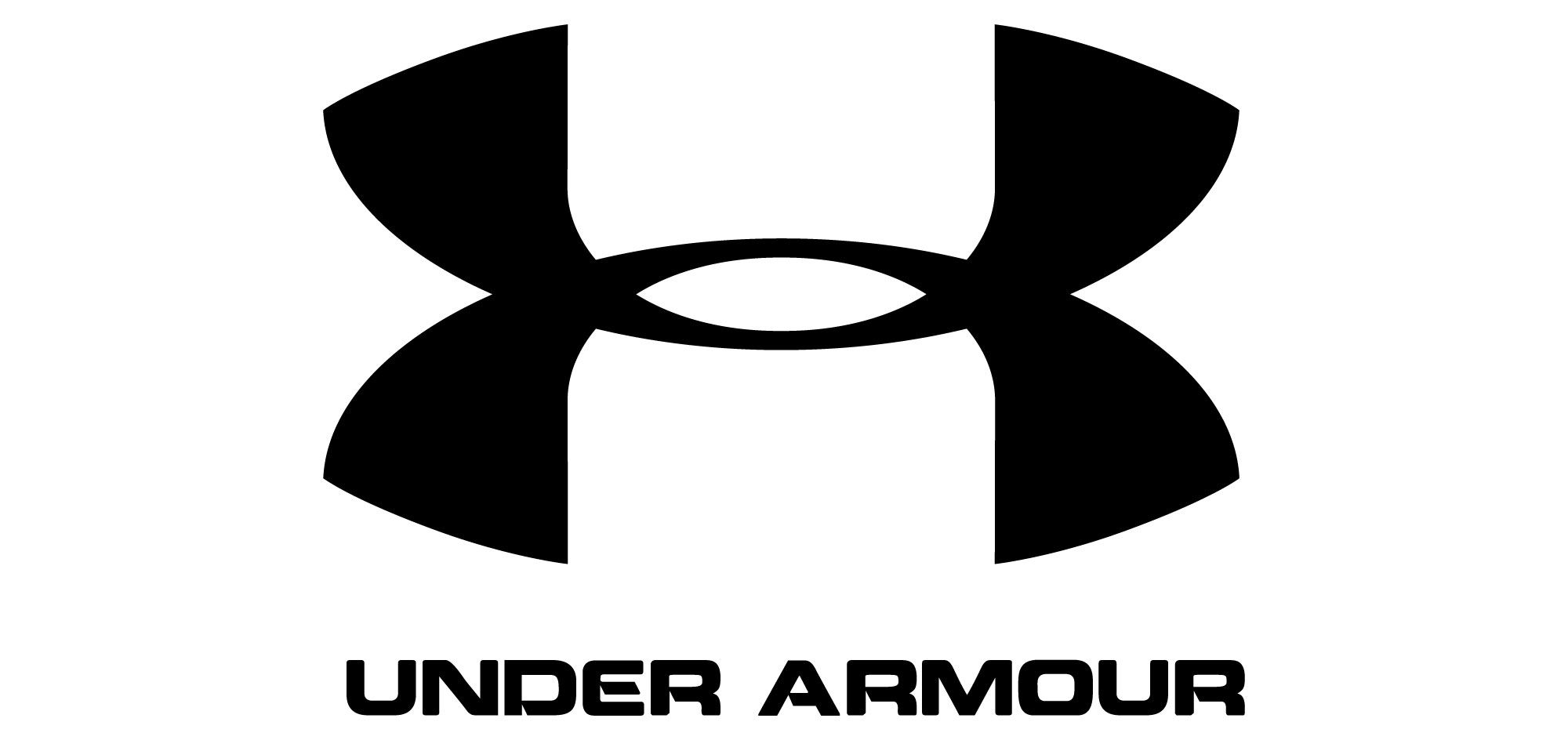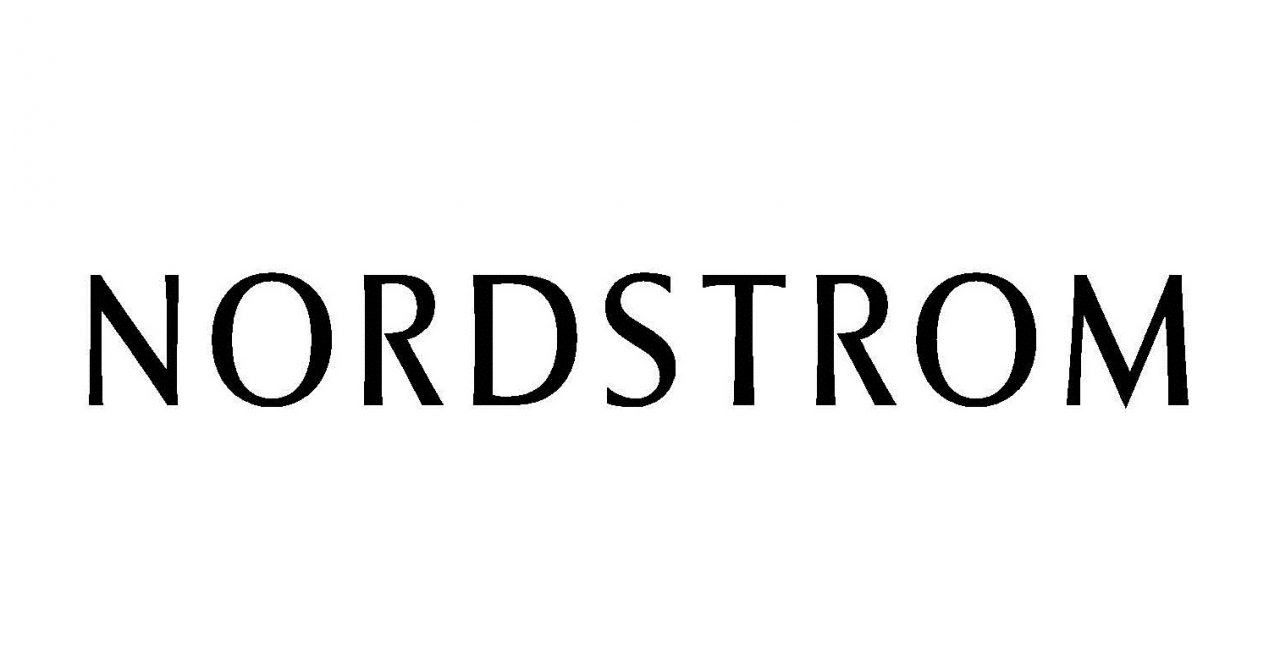Key Takeaways
- Color Enhances Memorability
Colorful signs are more memorable than black and white ones. Studies show that 33% more people recall color advertisements, making them more effective for brand recognition. - Color Attracts More Attention
Color signs naturally draw more attention than black and white designs. The use of vibrant colors increases visibility and makes signs stand out, capturing customer interest. - Color Displays More Detail
Using a full color scheme allows for showcasing intricate details in signage. Black and white designs lack the depth and richness that colors provide, limiting the effectiveness of the sign. - Black and White Can Be Striking with Proper Design
When designed thoughtfully, black and white signs can be eye-catching. Utilizing contrast, clean fonts, and negative space can create a memorable and effective design. - High-Contrast Colors Boost Visibility
Combining colors like black and white, red and white, or black and yellow in signage enhances visibility. High-contrast designs are more likely to capture consumer attention and improve responsiveness.
From photography to film, black and white can often be a great option for standing out from the crowd and making an impression. Since most signs use color heavily, it makes sense that black and white could be a useful, effective alternative.
The reality is that while black and white has some place in the world of marketing and signage, it’s more often than not less effective than using a full range of colors for the design of your retail signs.
Whether you’re considering black and white for an advertisement or for your retail signs, read on to learn why using a wide range of colors in your advertisement tends to be a more effective strategy than designing with black and white.
Black and white is less memorable than color
How well do you remember the advertisements you see on a daily basis? Most of us see thousands of advertisements every day but only remember a select few, usually after we’ve seen them several times.
Color plays a major role in helping us remember content. We’re far more likely to remember signs and advertisements that use strong, powerful colors than a black and white advertisement or retail sign.
This is confirmed by A/B tests between black and white and color advertisements and signs. An advertising test by Airgas reveals that 33% more people remember a colorful advertisement than one printed using black and white.
The key to effective branding is ensuring people remember your message. While a black and white advertisement might seem like a strong stylistic choice, it usually puts your business at a disadvantage when it comes to brand recognition.
Color signs almost always attract more attention
Beyond being easier to remember, color signs almost always attract more attention than black and white signs. This occurs for several reasons, from the eyes naturally gravitating towards colorful content to color simply standing out better.
While black and white appear to be at opposite ends of the spectrum, there are far fewer options between them for designers. There are different shades of gray, but these rarely stand out as well in a design as colors such as blue, red or yellow.
When you design your advertisements using black and white, it becomes necessary to use gray for any additional elements. This reduces contrast and makes it harder for people to spot your signs from a distance.
When you design in full color, you can use complementary colors that don’t reduce contrast, but increase it. This gives your signage and advertising a more noticeable look that makes it far more effective at attracting people’s attention.
It’s harder to show detail using black and white
Black and white might look more artistic than full color, but it puts you at a serious disadvantage when it comes to showing detail. Since black and white only allows the use of gray as an intermediary color, it captures far less detail than color can.
From shadows to mid-tones, all colors between pure black and white become gray in black and white designs. This makes it difficult to showcase your product in any level of detail or truly capture a scene in your signage and advertising.
In contrast, designing using a full color scheme allows you to capture detail beyond what’s possible with black and white. From photographs to stylized cartoons, all of your advertising can showcase a wide range of details.
From standing out from a distance to increasing your signage’s memorability, color has a range of benefits for marketers. While black and white might offer an artistic and stylish look, it’s rarely the right choice for your signage and advertising.
FAQs
Are black and white signs less effective than color signs?
Yes, black and white signs are generally less effective than color signs. Color enhances memorability and attracts more attention, making it a more effective choice for retail signage.
Can black and white designs be effective for retail signs?
Yes, with thoughtful design, black and white signs can be effective. Using contrast, clean fonts, and ample negative space can create eye-catching and memorable signage.
What are the benefits of using high-contrast colors in signage?
High-contrast colors, such as black and white, boost visibility and consumer responsiveness. They draw attention to the sign, making it more likely to be noticed by potential customers.
How does color usage in signs affect customer attention?
Color usage in signs significantly affects customer attention. Colorful signs naturally draw more attention than black and white designs, increasing visibility and customer interest.
Why is color important in displaying details on signs?
Color is important in displaying details on signs because it allows for showcasing intricate details. Black and white designs lack the depth and richness that colors provide, limiting the effectiveness of the sign.



